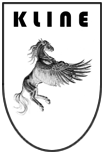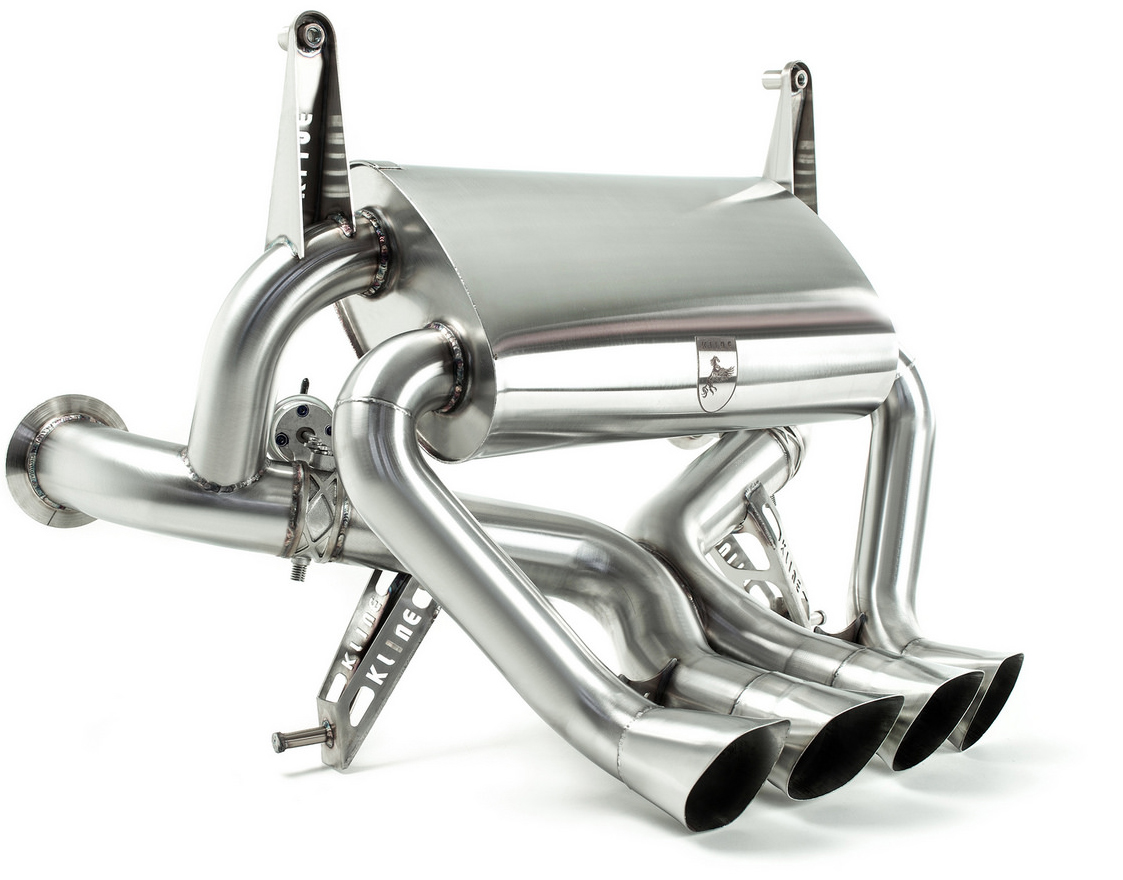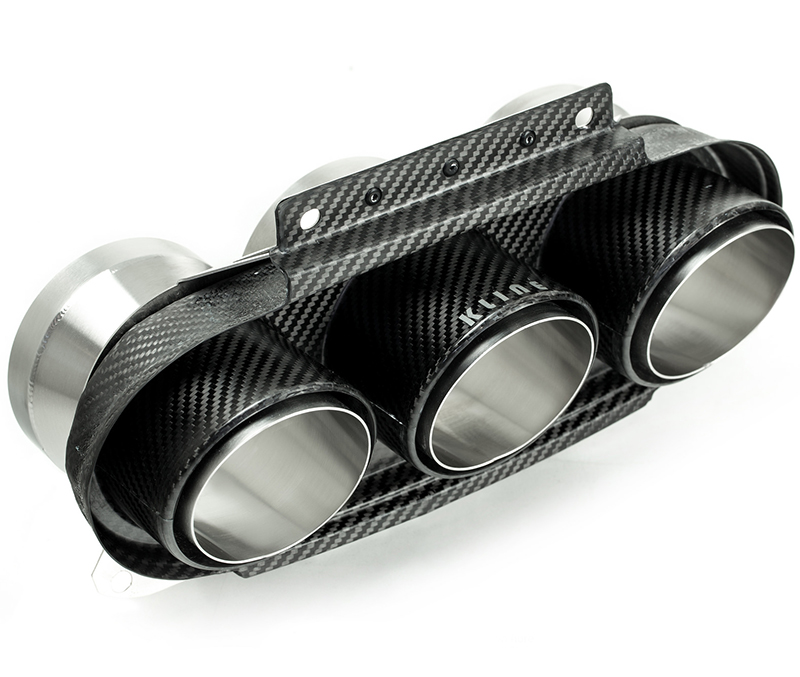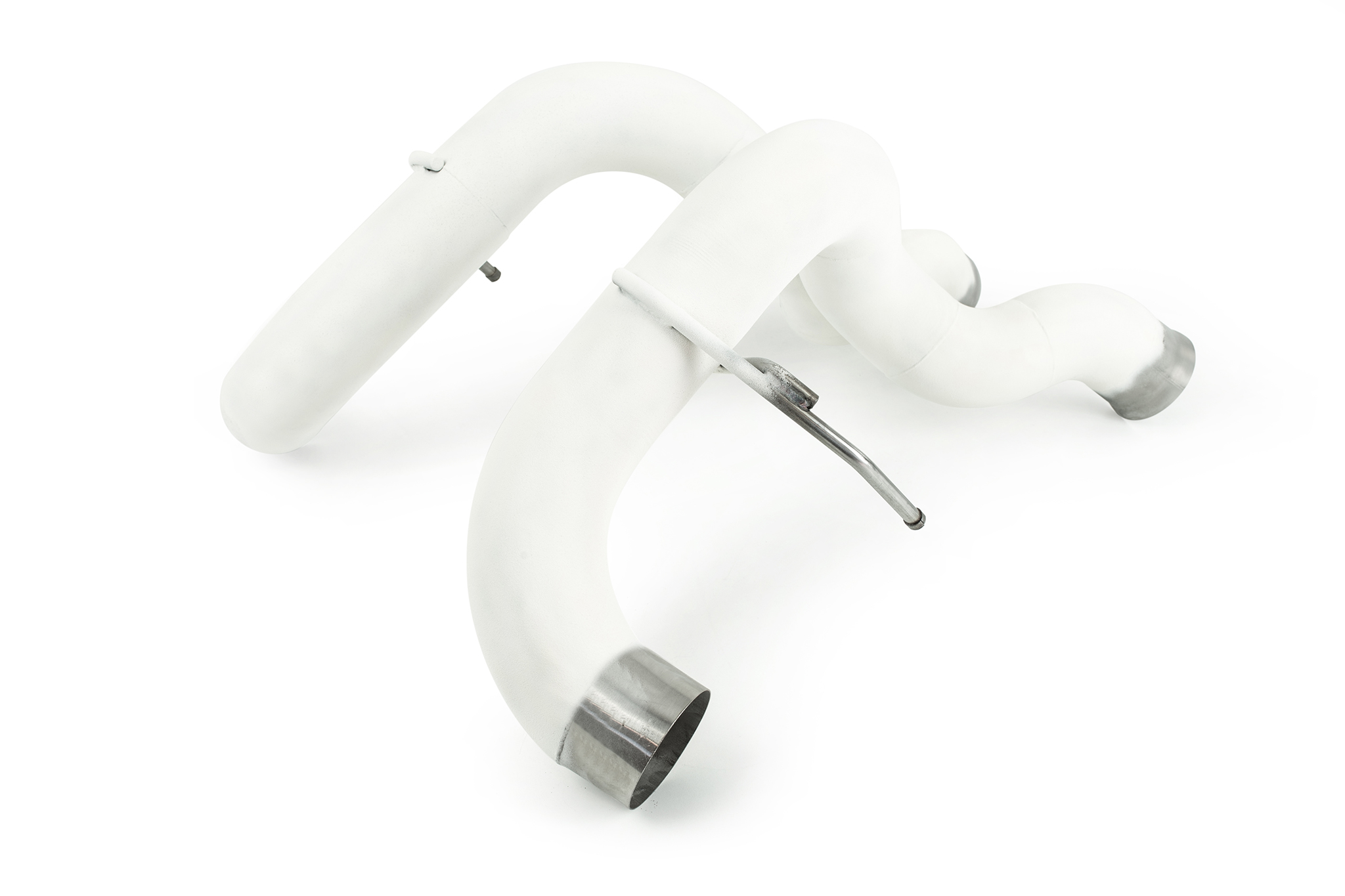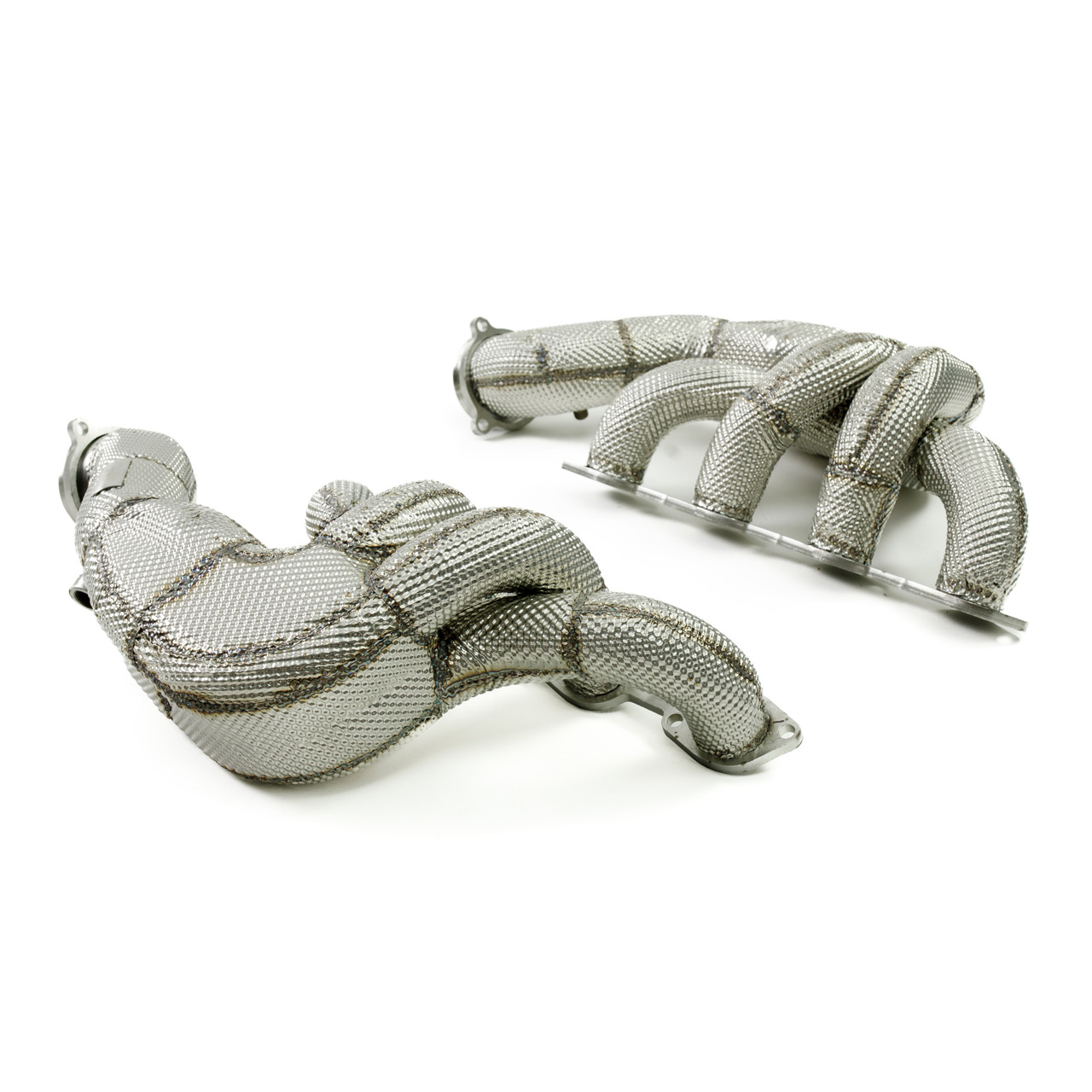Inconel
Inconel 625, as used in the aerospace industry where extremely durable and heat withstanding components are required, for example for the exhaust turbine blades in high performance jet engines. Inconel is also used for the manufacture of formula one exhausts, and has also been used by some manufacturers on hypercar projects such as Mcalren P1, Aston Martin 177, where lightness is a factor, and exhaust temperatures regularly exceed 1000c
The basic properties of Inconel are characterised by extremely high tensile strength, and extreme thermo chemical stability. because of the high tensile strength of inconel (roughly the same strength to weight ratio as titanium), very thin sidewall material can be used, while still maintaining structural integrity, resulting in very light weight components that will not fatigue over time. The main drawbacks to using Inconel,is that its extremely difficult to machine and weld, and requires high skill and time consuming processes. its also extremely expensive as a raw material
